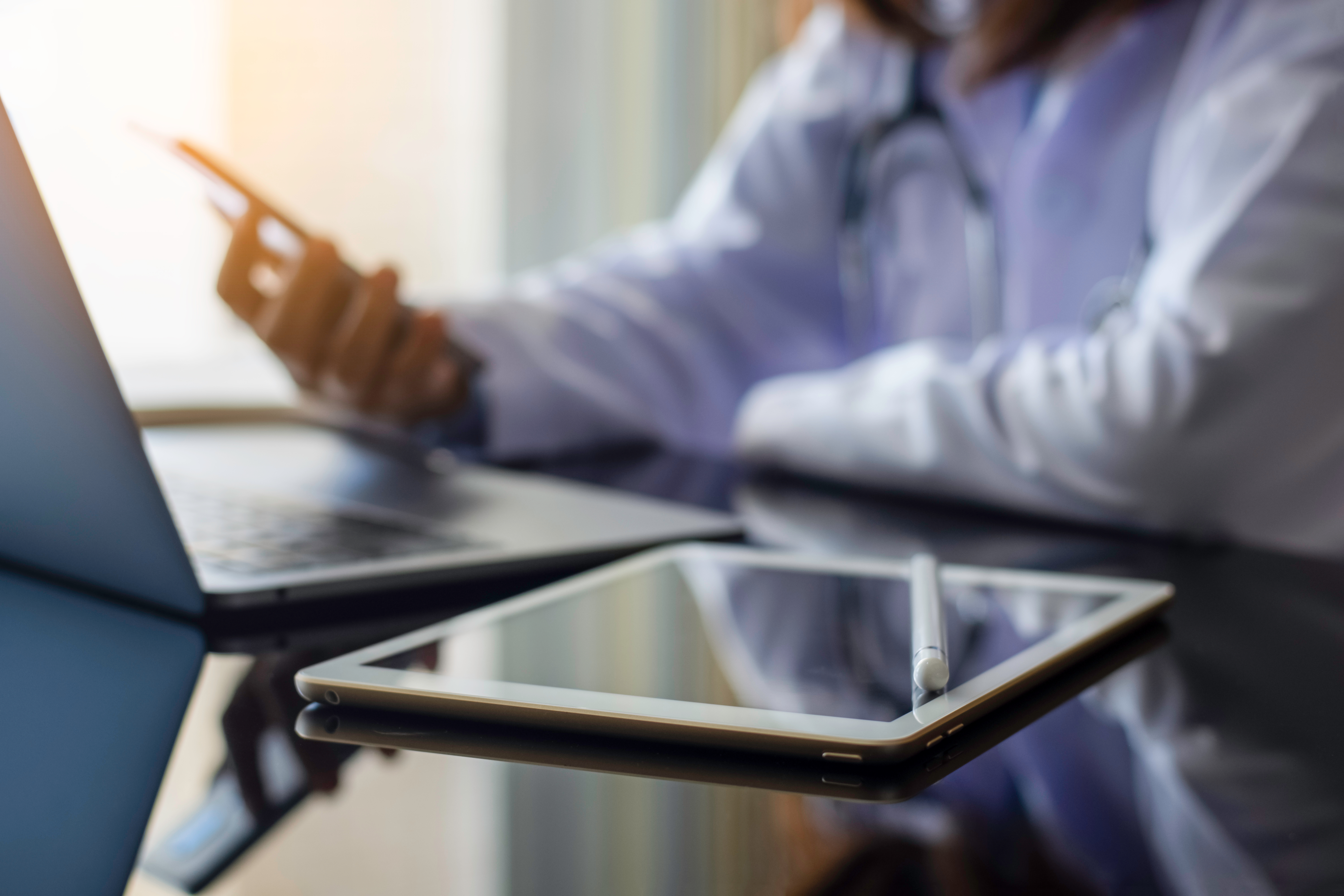Telehealth mobile app adoption surged in 2020 as a result of COVID-19 and social distancing, putting a spotlight on how well different telemedicine and virtual options are working for patients and providers. Countless research studies - including our own - are finding that consumers indicate they’d like to continue using telehealth services for doctors visits well into the future.
Here at Mobiquity, the uptick in the use of telehealth mobile apps has accelerated our understanding of how to improve these digital health tools so patients and providers alike can create more meaningful experiences that simulate the kinds of visits patients would have if they were physically present at the doctor’s office.
We reviewed several of the top telehealth mobile apps and gathered some interesting insights that providers may want to consider as they develop and evolve their digital programs. We analyzed over 10,000+ reviews for some of the most widely-used telehealth apps in the App Store (iOS and android). What we found was that patients are impacted most by 3 key features.
What 3 features are most meaningful for patients using telehealth mobile apps?
Feature #1: Scheduling
Since the primary purpose of these apps is to connect doctor and patient, scheduling is both the most cited and most frustrating feature in customer reviews. Most telehealth apps on the market never expected the sudden surge in demand they are experiencing today. Because of this, it is both difficult to schedule a time with a doctor and difficult for doctors and patients to connect at their scheduled time. Our analysis suggests telehealth app creators should:
Feature #2: Customer service
Next, not surprisingly, is customer service – or rather the need for customer service. When things go wrong, customers should have a clear recourse online and not need to call in and suffer long wait times. It defeats the convenience a telehealth mobile app is meant to create. Our analysis reveals that telehealth mobile app should:
Feature #3: User Experience
User experience is key in every mobile app. Telehealth apps should be even more cognizant of design to avoid creating a difficult experience for patients who may already be trying to manage a difficult health condition. Our analysis reveals that telehealth apps should consider:
How does COVID-19 affect reviews?
Consumers of telehealth applications have historically been more tech savvy than the general population. And while there are those who use telehealth for health reasons, the majority are those willing to try new technology and digital tools.That said, due to the coronavirus, telehealth developers find that everyone has become a consumer of their software. Companies developing telehealth mobile apps have not had the chance to fully adapt their systems and interfaces to meet the needs of the technology laggards. Because of this, companies have to rapidly learn, evolve, and invest to cater to an accelerated rate of adoption.
But it isn’t just about the new users. Some patients are mentioning the coronavirus in their app reviews because they are frustrated by the impact that COVID-19 is having on their ability to receive care - the whole system is getting bogged down. Telehealth apps that seize the opportunity to streamline scheduling, expand self service and make their app user friendly will help reduce friction caused by the global pandemic and help patients feel empowered.
[See what our healthcare expert says about technology and if it’s here to stay post-COVID.]
How does your mobile app measure up?
Does your mobile app contain these key features? Are there other features you’ve found to be helpful when conducting virtual visits? We encourage you to use the insights in this article as a way to analyze your app and enhance it during and post-COVID – or consider what features you want to implement into a new mobile app if you don’t already have one.
Mobiquity can help you develop or enhance your telehealth mobile app
We are a team of strategists, designers, and engineers who are experienced in creating mobile experiences that delight stakeholders – whether they be customers, patients, or employees. Our series of accelerator apps can help you get started no matter where you are in your mobile app journey. Contact us today to learn more.
Brian Levine serves as Mobiquity's VP of Strategy & Analytics, in addition to running Mobiquity's insurance vertical in the United States. At Mobiquity, he has developed digital strategies for multiple insurers, including Amica, Arbella, Mercury, and Travelers. In addition to his work in this vertical, Brian has pioneered research products at Mobiquity that look at clients through new lenses, including developing the Mobiquity Friction Report (tm) which uses large sets of consumer sentiment data to prioritize digital development based on consumer interest. Prior to his role at Mobiquity, Brian founded a consumer research company acquired by Nielsen in 2015 and lead the development of Audible on Alexa for Amazon.
Leave your details below and we'll be in touch soon.
